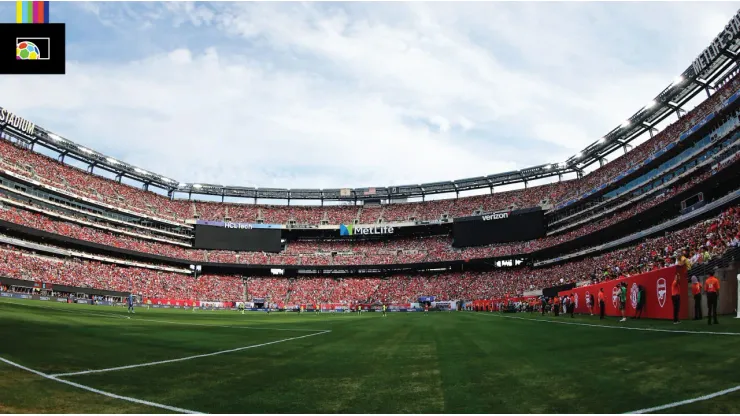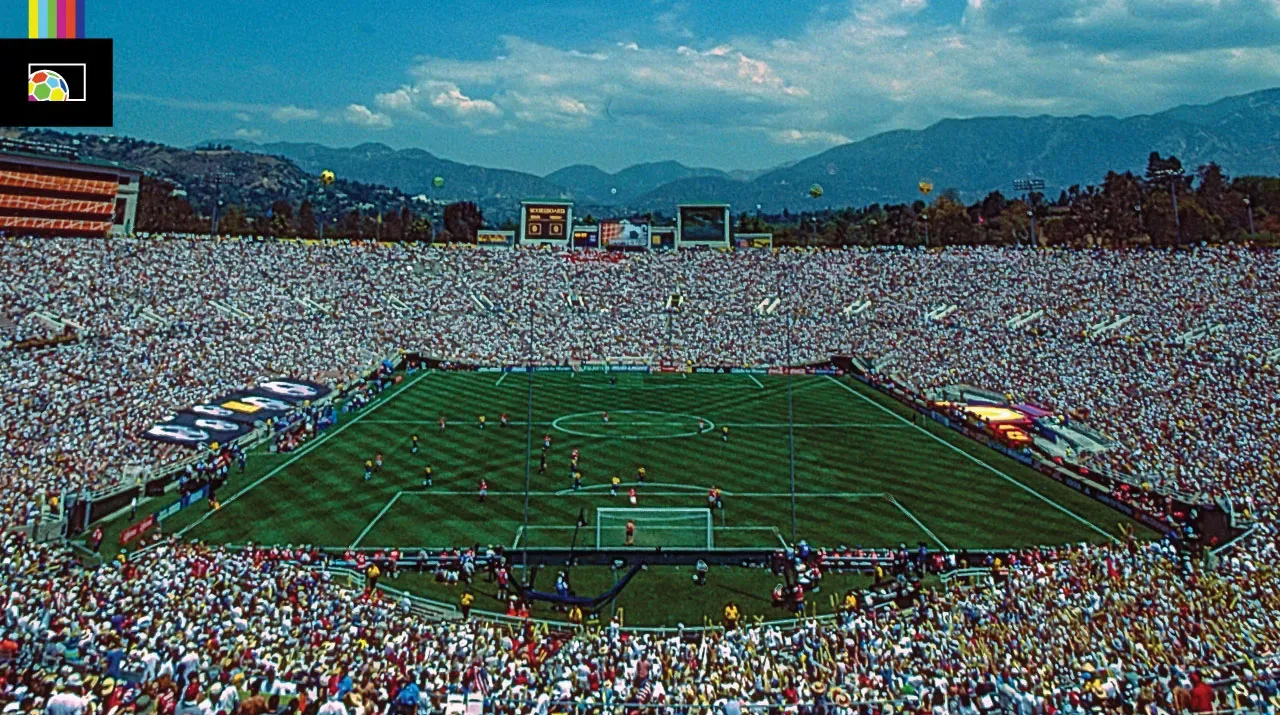In the history of soccer in the United States, this country will never again have a period of five years where there are so many major competitions hosted on US soil. But will soccer make it or break it during this golden era?
From 2024-2028, the United States will host Copa América 2024, followed by the brand-new 32-team 2025 FIFA Club World Cup. The expanded 48-team FIFA World Cup will come to North America in 2026. And starting the following year, in 2027, it’s the women’s turn with the USA and Mexico potentially sharing hosting duties with the Women’s World Cup. In 2028, the Olympic Games will be in Los Angeles, where soccer will be one of the many celebrated sports.
This absolute feast of high-quality soccer is unlike anything the USA has ever seen. If the next five years don’t finally push soccer into the mainstream American consciousness, nothing can. Right?
Soccer extravaganza comes after decades of growth
In a way, these marquee events being staged Stateside can be attributed as a reward for the way the game has improved here over the past thirty years.
There is certainly some truth to that. But in reality, the more substantial reason is that the USA is a massive market, with millions of fans (and local governments) that have money to spend. FIFA, CONCACAF, CONMEBOL, and the IOC must be rubbing their hands together, with dollar signs popping out of their eyes like a cartoon character, when anticipating the next couple of years.
With as many as five consecutive summers of huge events, the soccer hype train will be running at full steam ahead. There’ll be little time for a lull when one tournament ends since the next will be right around the corner.
And this in theory can be the moment where soccer finally cements its place amongst the major sports in America.
Yes – astounding progress has been made since the 1994 World Cup. We have passionate fanbases for dozens of professional clubs. Arguably the best player in the world – ever – currently plies his trade here. The national teams as as well supported and relevant as ever. Overseas soccer like the EPL and Champions League are wildly popular. And Liga MX remains the biggest soccer draw overall on US TV.
But the sport still often finds itself largely irrelevant in many places in the US. Even in cities that have professional teams, it can often be backpage news behind things like the NFL, NBA, NASCAR, and so on.
A new era? Or just another flash in the pan?
We’ve had brushes with soccer hysteria in the past. There was a brief flirtation with popularity in the 1920s. The fleeting glitz and glamour of Pelé’s NASL in the 1970s. And the madness that took over the country in 1994 and during subsequent World Cup tournaments. But it’s never truly stuck.
When the final match is played at the trophy is lifted, it all changes. The casual fans put their flags and Uncle Sam hats away. And the game retracts back into its insular pockets for another few years. The Mexican and South American communities. Early-morning European fans. The hardcore supporters groups and season ticket holders of MLS, NWSL, and USL. But that’s it.
Soccer still does not draw consistent, casual interest from the general public and the media in America the way that gridiron football, baseball, basketball, and to a lesser extent, hockey do.
So does the cavalcade of footy that’s heading our way represent the tipping point? Somewhat surprisingly, I don’t think so.
The potential back-to-back-to-back-to-back-to-back marathon of prestige tournaments from 2024-28 will be insane, and a joy to take in, no doubt.
But at the end of the day, it’s still just a series of brief spectacles. When fall American football season rolls around in 2024 or 2026, is soccer going to make the evening news in Oklahoma City? Or San Francisco or Phoenix? Doubtful.
An American team going far, or even winning, any of these tournaments would certainly prolong the boost in interest. But the day-to-day, year-long reality of soccer in the USA isn’t going to change.
Still building
When the bright lights fade from these tournaments, the fact is that the best soccer is still not played in the USA. With the (usually, anyway) exception of the women’s side with the USWNT and NWSL, the top players and teams in the world don’t play here. This is in contrast to the other popular American pastimes.
We mustn’t view these major tournaments as the culmination of over a century of growing the game. The hard work must go on, to improve the game that goes on all year – in all corners of the country. More pro clubs in more places, better organization, better facilities, higher pay, and addressing issues at the youth and collegiate levels are all important areas where the game has to continue to improve.
Don’t worry – the big-time events will still come around while we continue to shape the game in this country. The soccer powers that be can bank on the USA being a slam dunk money-maker for just about any major competition.
So let’s not pretend we’re getting anointed with a gold medal. This is not a “Mission Accomplished” moment. This is only the beginning. And in a way, that’s even more exciting.
Photos: Imago.
Copa América 2024
200+ Channels With Sports & News
- Starting price: $33/mo. for fubo Latino Package
- Watch Premier League, Women’s World Cup, Euro 2024 & Gold Cup
The New Home of MLS
- Price: $14.99/mo. for MLS Season Pass
- Watch every MLS game including playoffs & Leagues Cup
Many Sports & ESPN Originals
- Price: $10.99/mo. (or get ESPN+, Hulu & Disney+ for $14.99/mo.)
- Features Bundesliga, LaLiga, Championship, & FA Cup
2,000+ soccer games per year
- Price: $5.99/mo
- Features Champions League, Serie A, Europa League & Brasileirāo
175 Premier League Games & PL TV
- Starting price: $5.99/mo. for Peacock Premium
- Watch 175 exclusive EPL games per season







